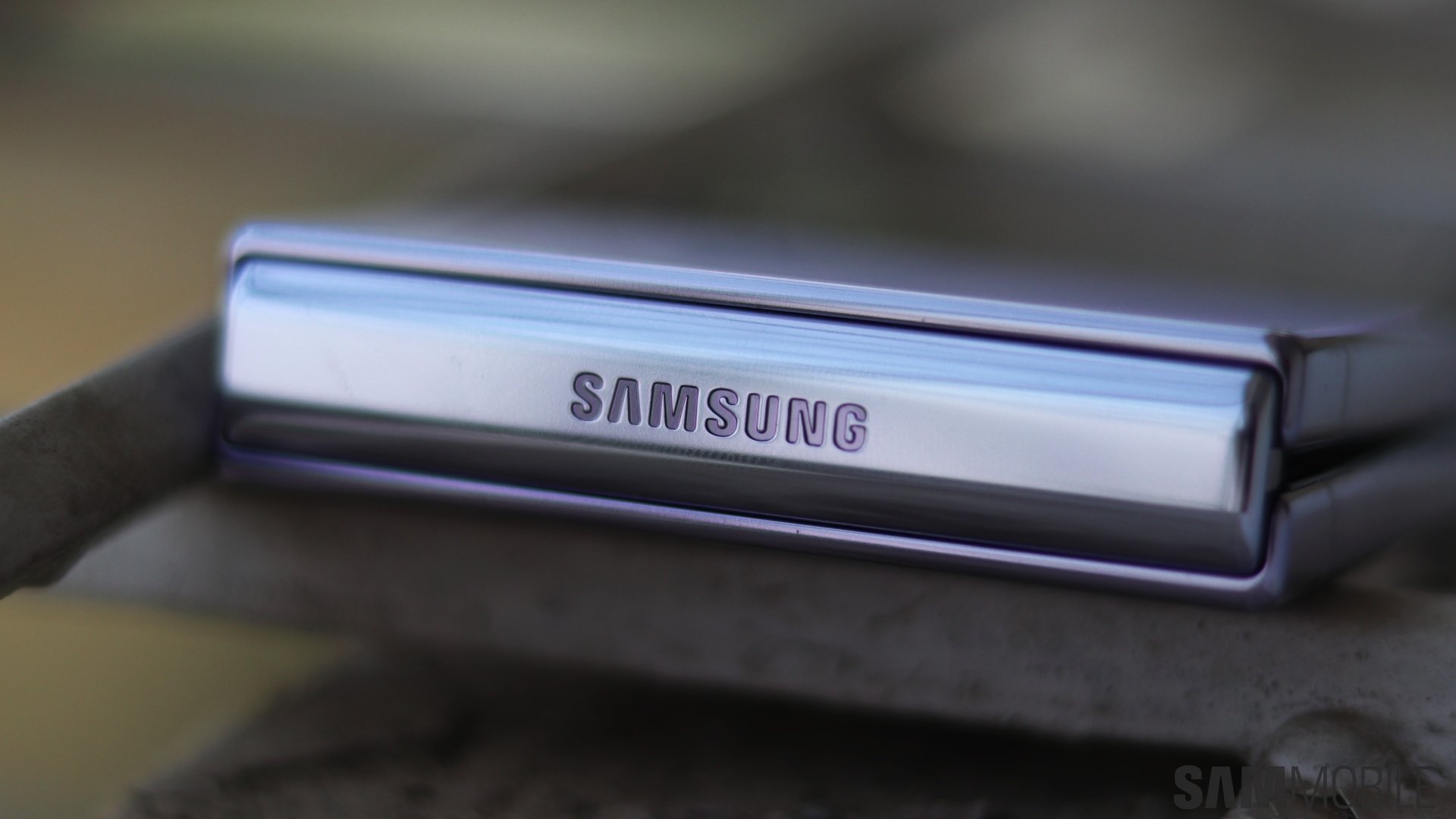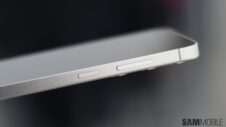TM Roh was appointed the new head of Samsung Mobile at the beginning of 2020. When he took the reins from DJ Koh, he was tasked to lead Samsung's mobile division into the “Next Normal,” using his engineering prowess and ability to make the right changes when they're needed the most. And throughout the past few years, TM Roh seems to have led Samsung Mobile – now known as Samsung MX (Mobile Experience) — to success through some of the most economically unpredictable and difficult times in recent memory.
The head of mobile had a challenging task at hand — to lead Samsung into a new era. That's difficult in itself, let alone at a time when the COVID-19 pandemic began and nothing seemed certain. But despite these hurdles and the Exynos 2200 mishap, which was partly caused by some customers misunderstanding GOS (Game Optimizing Service) and the media blowing things out of proportion, TM Roh appears to have successfully steered Samsung's mobile division in the right direction during some of the hardest times.
Samsung Electronics expects its operating profit to nosedive by 96% year-on-year in Q1 2023. But despite this, the Mobile Experience division earned $2.5 billion during the same three-month period, outperforming even Samsung Display by a couple of billion dollars.
How have things changed for Samsung MX customers in the TM Roh era?
Under TM Roh, Samsung's mobile division went through numerous changes over the past three years, most of which appear to have brought the company closer to the light. Here are some of the highlights:
- Samsung became the most popular foldable phone brand in the world. And the Galaxy Z Flip is now more accessible than ever. Foldable phones are not as popular as regular phones yet. But Samsung is looking ahead and is already paving the way toward the future. Everything it does now ensures its continuous success.
- The Galaxy A series gained more focus and purpose. Unnecessary models were cut in favor of creating fewer and better mid-range phones, boasting better features and improved build quality.
- The Galaxy Note series was canceled. But was it? In reality, the Note series merged with the Galaxy S lineup for a more cohesive flagship portfolio, a better S Pen experience, and to make room for foldable phones.
- The Galaxy S series appears to have reached the pinnacle of design in 2023. And now, the company uses a similar design language across almost every smartphone lineup. This inspires confidence in the company's vision for mobile and gives low-and-mid-range customers a better experience for their money.
- Samsung's firmware update game in 2023 is on a whole new level. Phones and tablets are supported for longer and get updated a lot faster.
- If extended firmware support was the result of legislation changes, the same can't be said about Samsung's change in software design philosophy. The company cares a lot more about the user experience and is bringing out software features people want and use. Samsung no longer seems to throw ideas at the wall to see what sticks. Instead, it has a clearer vision of where to push One UI with every new update.
- Samsung Galaxy tablets have improved and now benefit from better firmware support and software features, including improved multitasking. And the company expanded its flagship tablet portfolio with the introduction of its first-ever Ultra tablet.
- Samsung's smartwatch business appears to be doing better thanks to the transition to Wear OS. New Galaxy watches have great battery life.
- The Galaxy S23 is the first to use a Qualcomm Snapdragon chipset exclusively in every market, more than making up for the rocky launch of the Exynos 2200 SoC a year earlier. In addition, this chipset was designed (overclocked) specifically for Samsung. Optimization is now one of Samsung's top priorities.
- Despite inflation and economic uncertainties over the past three years, the leading Galaxy S smartphone series is much cheaper than it used to be in 2020. The base Galaxy S23 model costs $799, whereas the base Galaxy S20 debuted for $999 a month after TM Roh took the lead. Similarly, the Galaxy S20 Ultra launched for $1,399, but in 2023, you can buy the new Galaxy S23 Ultra for $1,199.
Few people care about Android. Unless it's a Samsung
The harsh reality seems to be that numerous smartphone customers don't like Android devices as much anymore. Aside from Samsung and Xiaomi, all other brands have less than 10% global market share, and Samsung has more than twice as much market share as Xiaomi, equalling Apple.
So despite the somewhat bad rep of Android and the recent world events that shook tech companies, Samsung appears to have not only survived and maintained its position against Apple but somehow made the right choices to keep people invested in its mobile products and the Android platform.
Samsung is no longer concerned with rivaling smaller Android smartphone OEMs because, well, to be frank, their market performance confirms that they don't have the key to success in today's mobile market. Which means it's not worth paying them much attention.
Instead, under TM Roh, Samsung is now carving its own path, independent of what other failing Android phone makers are doing. And for the most part, these new strategies appear to bear fruit for Samsung MX as well as its customers.







